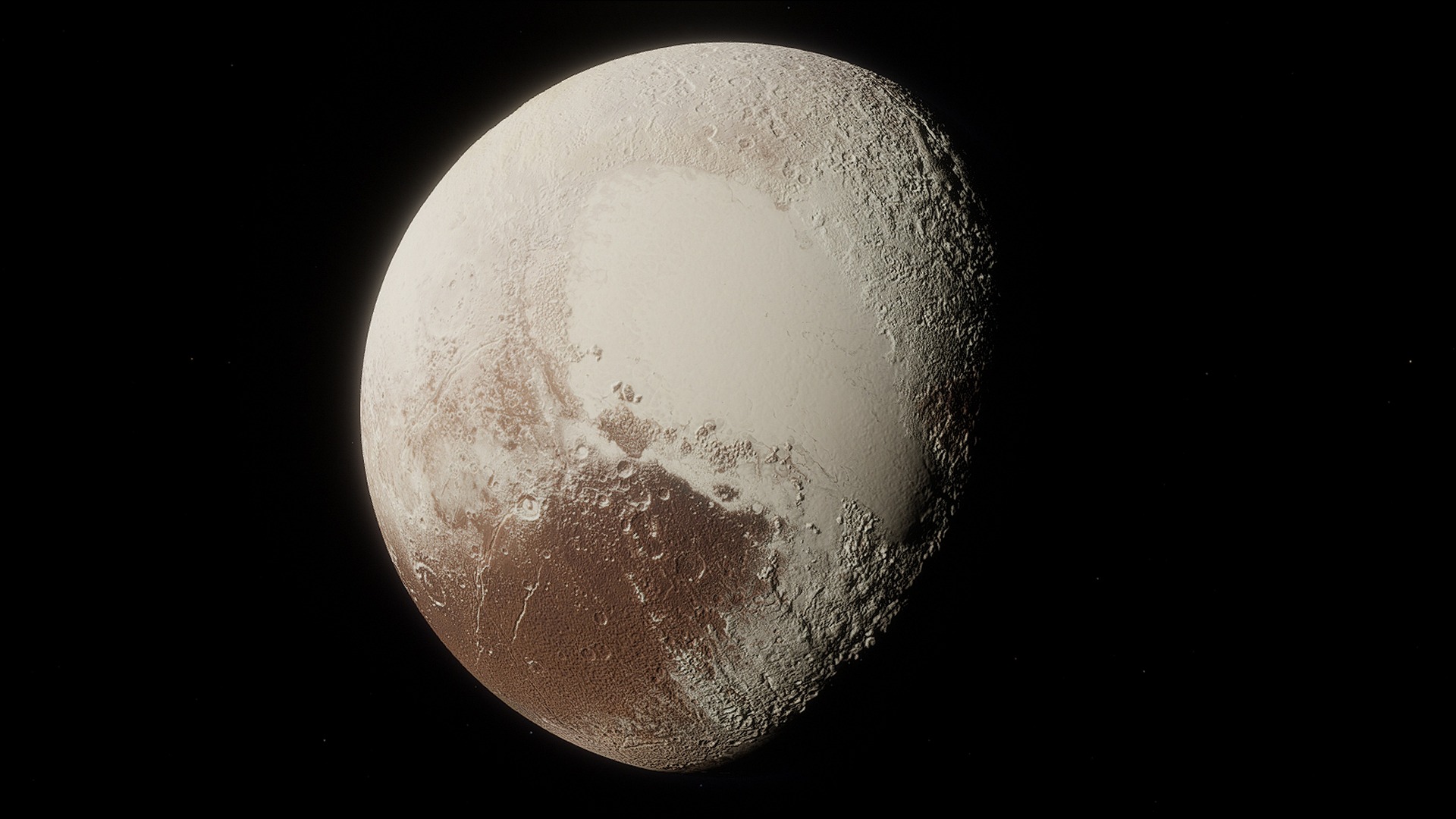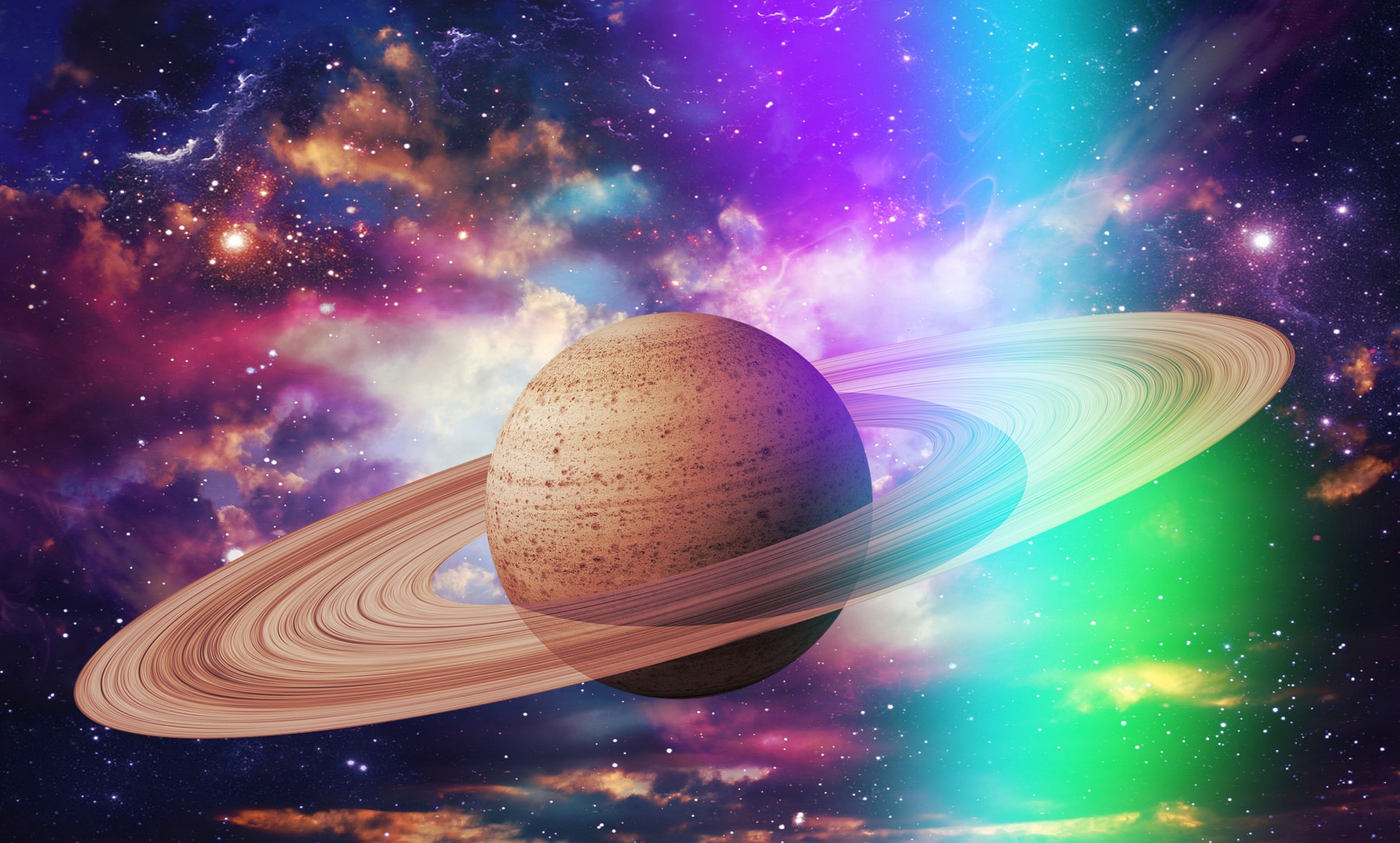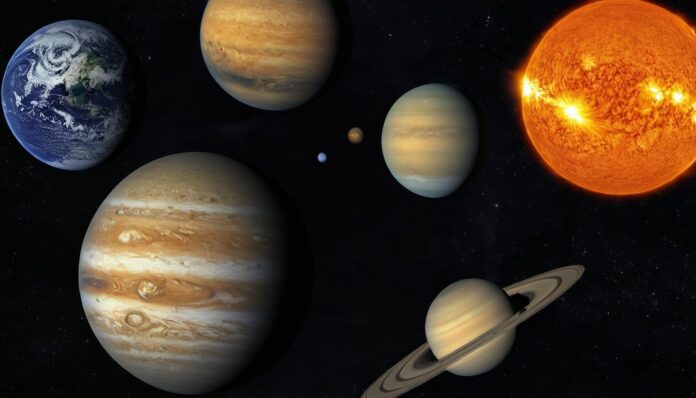Today we will find out which planet of the Solar System is the largest. But let’s start with some basic concepts.
Compared to other celestial bodies, Earth is classified as a “small planet” of the Solar System. However, today we’re talking about the largest cosmic objects. Right now, you’ll learn the most interesting facts about the unique features of the planets of the Solar System that you probably haven’t heard before.
Pluto – Planet or Not?
In 2006, scientists decided that Pluto (see interesting facts about Pluto) should be classified as a dwarf planet, including it in the Kuiper belt. According to astronomers, Pluto does not meet any of the conditions used to define full-fledged planets.
The main argument is that Pluto lacks the mass to clear its orbit of other objects. As a result of these scientific investigations, instead of the traditional 9 planets, there is now one less in the Solar System.
The Largest Planet of the Solar System
The largest planet in the Solar System is Jupiter, classified as a gas giant. According to astronomers’ research, it has repeatedly shielded our Earth from meteorites.
The Planet Jupiter
Now that we’ve established that Jupiter holds the title of “Largest Planet,” let’s look at some interesting facts about it.
Astonishing Dimensions
Jupiter’s volume is 1300 times that of Earth. To put it into perspective, if Earth were reduced to the size of a pea, Jupiter would be the size of a basketball in comparison.
Moreover, all the other 8 planets of the Solar System could comfortably fit inside Jupiter. We’ve discussed this in more detail in the interesting facts about space.
Additionally, the rotation speed of this gigantic planet is staggering. Jupiter completes one rotation around its axis in 10 hours at a speed of 13.07 km/s.
For the largest planet to complete one orbit, it takes 12 Earth years. However, considering that Jupiter is five times farther from the Sun than our Earth, this is relatively short.
Ephemeral Surface
Did you know that no one will ever set foot on Jupiter’s surface? That’s because the atmosphere of the largest planet consists of helium and hydrogen in a 1:9 ratio.
Essentially, it transitions into hydrogen. In simple terms, there are no clear boundaries between the atmosphere and the surface of this giant. Jupiter’s boundaries are quite blurry and abstract, determined only by differences in pressure.
Clouds and Spots
Looking at images of Jupiter, it’s easy to notice the distinctive banded patterns. These are clouds: bright zones alternating with red-brown belts.
Strong jet streams, called jets, pass between them, moving in completely different directions.
The Main Feature of Jupiter
Another unique feature of Jupiter is the Great Red Spot (GRS). It is the largest atmospheric vortex in the Solar System.
No other planet exhibits formations of such brightness and durability. Interestingly, the GRS can move across Jupiter, only changing its longitude. Its latitude has remained unchanged for over 350 years.
Moreover, at times, the spot either enlarges or shrinks. But overall, there’s a trend towards reduction.
According to the latest research data: the Great Red Spot is a massive anticyclone, completing one rotation every 6 days.
The Second Largest Planet in the Solar System
The second-largest planet among the planets is Saturn. It is easily recognizable in photographs due to its remarkable rings.
By the way, all gas giants have rings just like Saturn’s, they’re just not as prominent. Composed of heavy elements, cosmic dust, and ice particles.
Saturn also contains methane, helium, hydrogen, and ammonia, with continuous winds raging on its surface.
The Ice Giants
Following Saturn in decreasing order of magnitude are Uranus and Neptune (see interesting facts about Neptune). Scientists classify these planets as ice giants due to their lack of metallic hydrogen and vast amounts of ice.
The uniqueness of Uranus (see interesting facts about Uranus) lies in the tilt of its axis. This planet literally lies on its side, causing sunlight to alternately illuminate only its poles.
On Neptune, strong winds constantly rage. You can also find a distinctive formation on it, much like the Great Red Spot. Astronomers named this area the Great Dark Spot (also known as GDS-89).
So, now you know that Jupiter is the largest planet in the Solar System. However, Saturn, Uranus, and Neptune also belong to the giant planets and have their own unique features.
In all honesty, science still has very modest knowledge about what is happening in our Solar System, let alone the Universe as a whole. One thing is for sure: the future holds many interesting discoveries for us.
